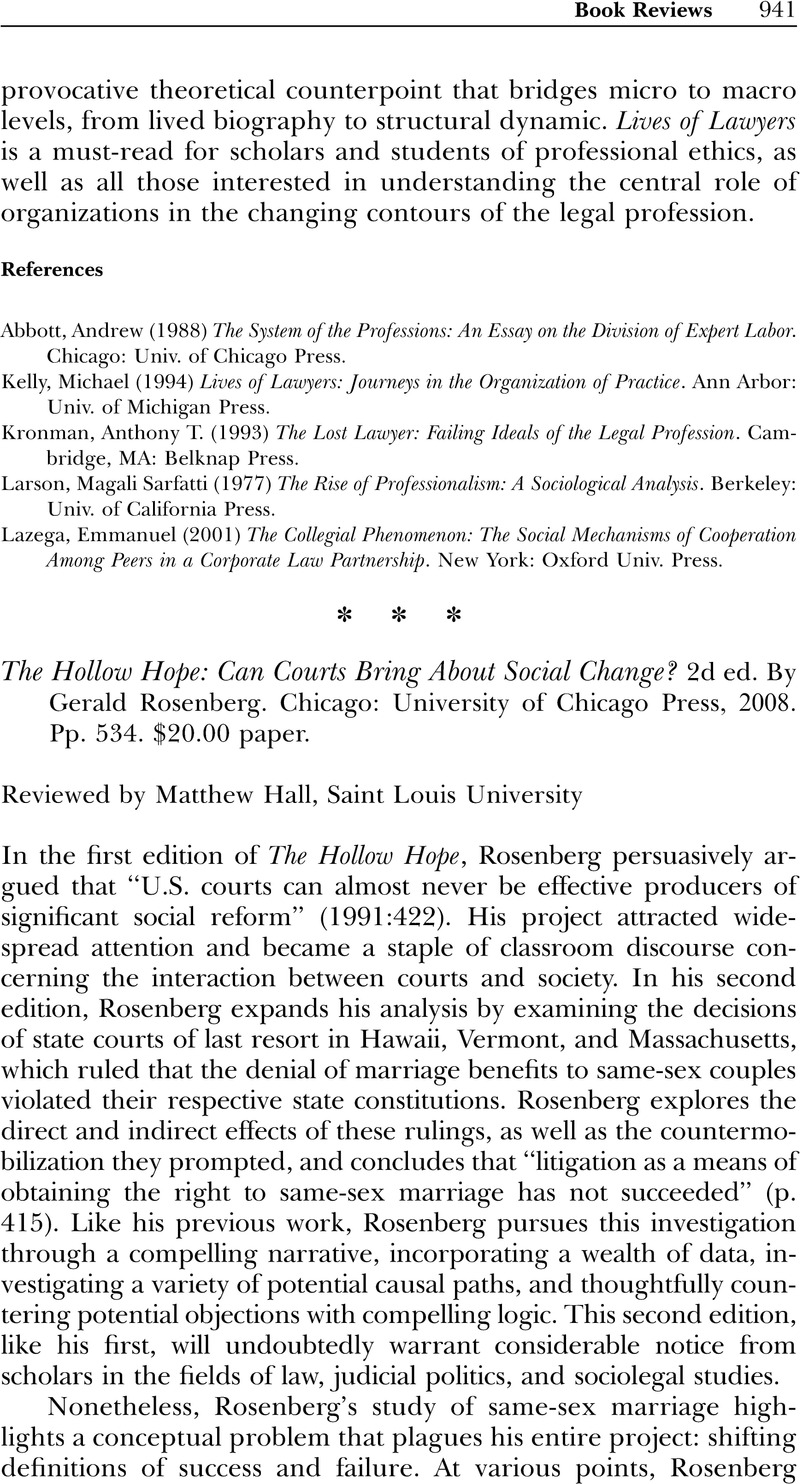Crossref Citations
This article has been cited by the following publications. This list is generated based on data provided by Crossref.
Parchomovsky, Gideon
and
Goldman, Kevin A.
2007.
Fair Use Harbors.
SSRN Electronic Journal,
Dixon, Rosalind
2024.
Dynamic, Regressive, or Obstructionist Courts? What Kinds of Hopes for Judicial Review.
Law & Social Inquiry,
Vol. 49,
Issue. 4,
p.
2565.



